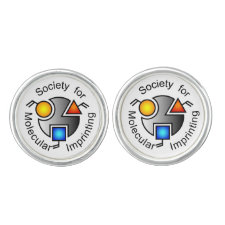
Authors: Seifner A, Lieberzeit P, Jungbauer C, Dickert FL
Article Title: Synthetic receptors for selectively detecting erythrocyte ABO subgroups.
Publication date: 2009
Journal: Analytica Chimica Acta
Volume: 651
Issue: (2)
Page numbers: 215-219.
DOI: 10.1016/j.aca.2009.08.021
Alternative URL: http://www.sciencedirect.com/science/article/B6TF4-4X24VR3-8/2/78bcfa73e194520a1632fcf72a5fef2f
Abstract: Surface imprinting techniques with erythrocytes as templates yield polymer coatings with selective recognition sites towards red blood cells. The resulting cavities in the respective surface exhibit selectivity between blood subgroups as shown by Quartz Crystal Microbalance (QCM) measurements. Mass sensitive effects in the kilohertz range could be observed for concentrations down to 0.5áÎá108ácells/mL. Frequency response as well as recovery of the sensor took place within a few minutes, indicating that no covalent binding is involved. Linear concentration dependence over a defined region provides ideal conditions for cross selectivity measurements. A1 imprinted sensor coatings resulted in an effect of 40ákHz when exposed to the template blood group, while A2 erythrocytes yielded just 11% of that value on the same layer. Furthermore, A2 imprinted coatings incorporated only one third the amount of A1 erythrocytes as compared to A2 ones. Therefore, imprinted materials depict the entire cell surface and utilize it for recognition, whereas natural antibodies bind on the defined antigen position and thus usually cannot distinguish between cells carrying different amounts of them
Template and target information: erythrocytes, red blood cells, ABO subgroups, ABO blood groups
Author keywords: Blood group selectivity, Blood subgroups, chemical sensor, molecular imprinting, quartz crystal microbalance



Join the Society for Molecular Imprinting

New items RSS feed
Sign-up for e-mail updates:
Choose between receiving an occasional newsletter or more frequent e-mail alerts.
Click here to go to the sign-up page.
Is your name elemental or peptidic? Enter your name and find out by clicking either of the buttons below!
Other products you may like:
 MIPdatabase
MIPdatabase









